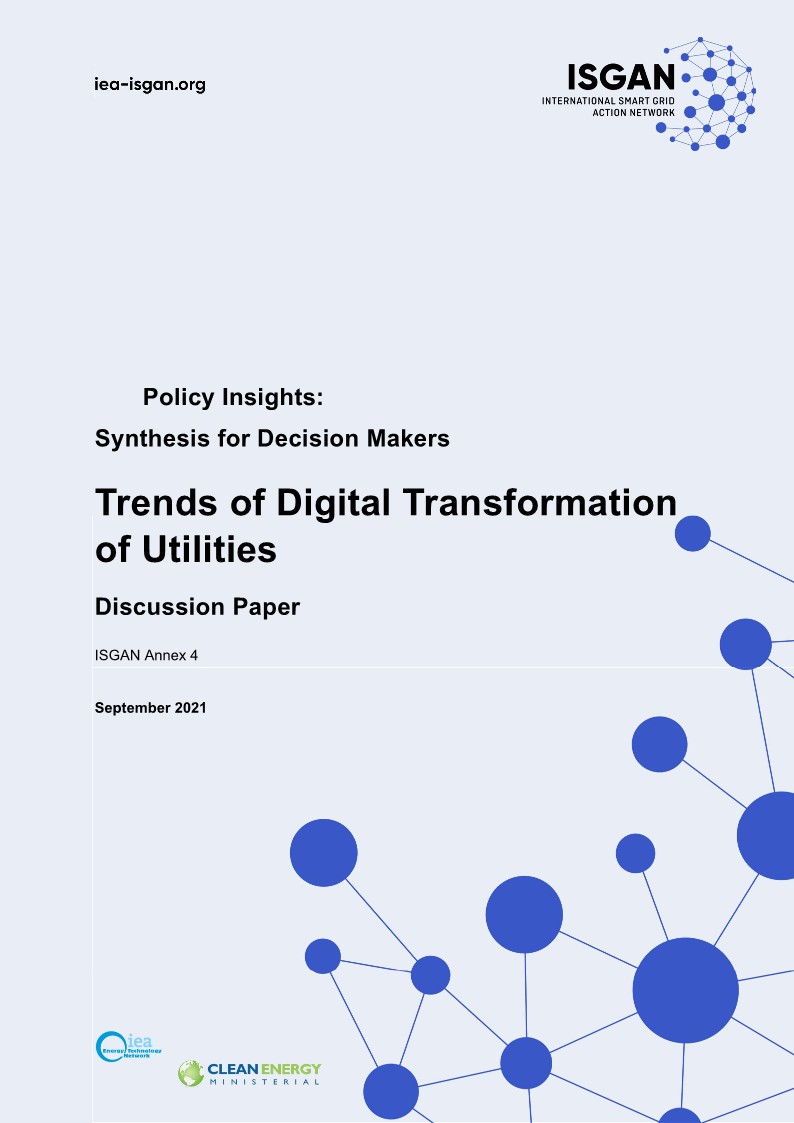On the 03-10-2019 the Swiss Federal Office of Energy SFOE and Research Center for Energy Networks – ETH Zürich in cooperation with ISGAN Annex 6 (Power Transmission & Distribution Systems) hosted a public workshop on needs, challenges and opportunities of TSO-DSO coordination in Montreux, Switzerland.
An introduction to the workshop demonstrated how there has been a paradigm shift in the electrical supply industry, where the traditional characteristics of centralized generation, fixed loads, and uni-directional power flow have transformed into systems which are decentralized, controllable and incorporate bi- directional power flow. This shift toward distributed and renewable electricity poses as a challenge to both the TSO and DSO and thus there has been an increasing awareness relating to the needs, challenges and opportunities associated with the implementation of the necessary solutions. Successful TSO-DSO coordination requires the consideration of various perspectives of the technical, market and regulatory aspects in order to maximize the potential benefits provided by DERs, this includes congestion relief, reactive power and voltage control and frequency reserves.
An overview of International Activities on TSO-DSO interaction extending from 2014 to 2019 was provided. Since the results of various projects relating to TSO-DSO interaction are starting to become available, investigations are currently being conducted on the ‘Lessons learned on international projects on TSO-DSO interaction’ which will consolidate the outcomes of these projects and will be available in 2020. This deliverable will take the form of an interview style video, in which various stakeholders are invited to participate. A sneak preview of the video was shown at the workshop and received a positive response from the audience.
Additionally, some highlights of the workshops included a summary of TSO-DSO report which focused on the TSO-DSO interaction in congestion management and balancing. The drive for increased in TSO-DSO interaction was also emphasized in countries such as Ireland, where a target for 75% power generation from non-synchronous machines is to be achieved and raises the question as to ‘who’ is responsible for providing the necessary reactive power in order to achieve this goal. Further information into the development of business use cases which enable the TSO-DSO coordination was also presented. An interesting analogy between the power system and the human body showed that, it is necessary to ensure the optimal health of the power system which often requires a systematic behavioral change. In this regard, it has become evident that demand side management plays an important role in terms of market related aspects and that sufficient incentives for optimization should be introduced when it comes to DER flexibility.
The panel discussion incorporated a Q&A session received a constructive response. The presenters from the previous discussion were available for further questions and discussion.
Antony Zegers, AIT-Austrian Institute of Technology GmbH Austria, Tony Hearne (ESB Networks), Ireland, Gonca Gürses (RWTH Aachen), Germany, Andreas Beer (Repower AG), Switzerland, Markus Imhof (Swissgrid AG), Switzerland, Alexander Fuchs, ETH Zürich, Switzerland,
Moderator: Dr Turhan Demiray (ETH Zürich) , Switzerland




















